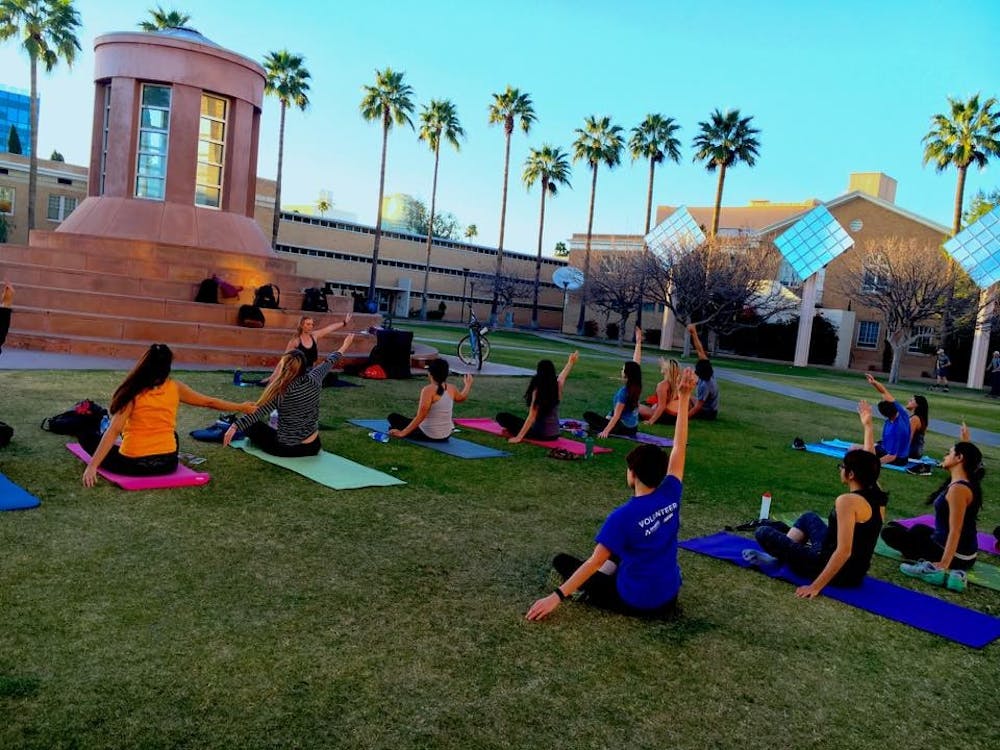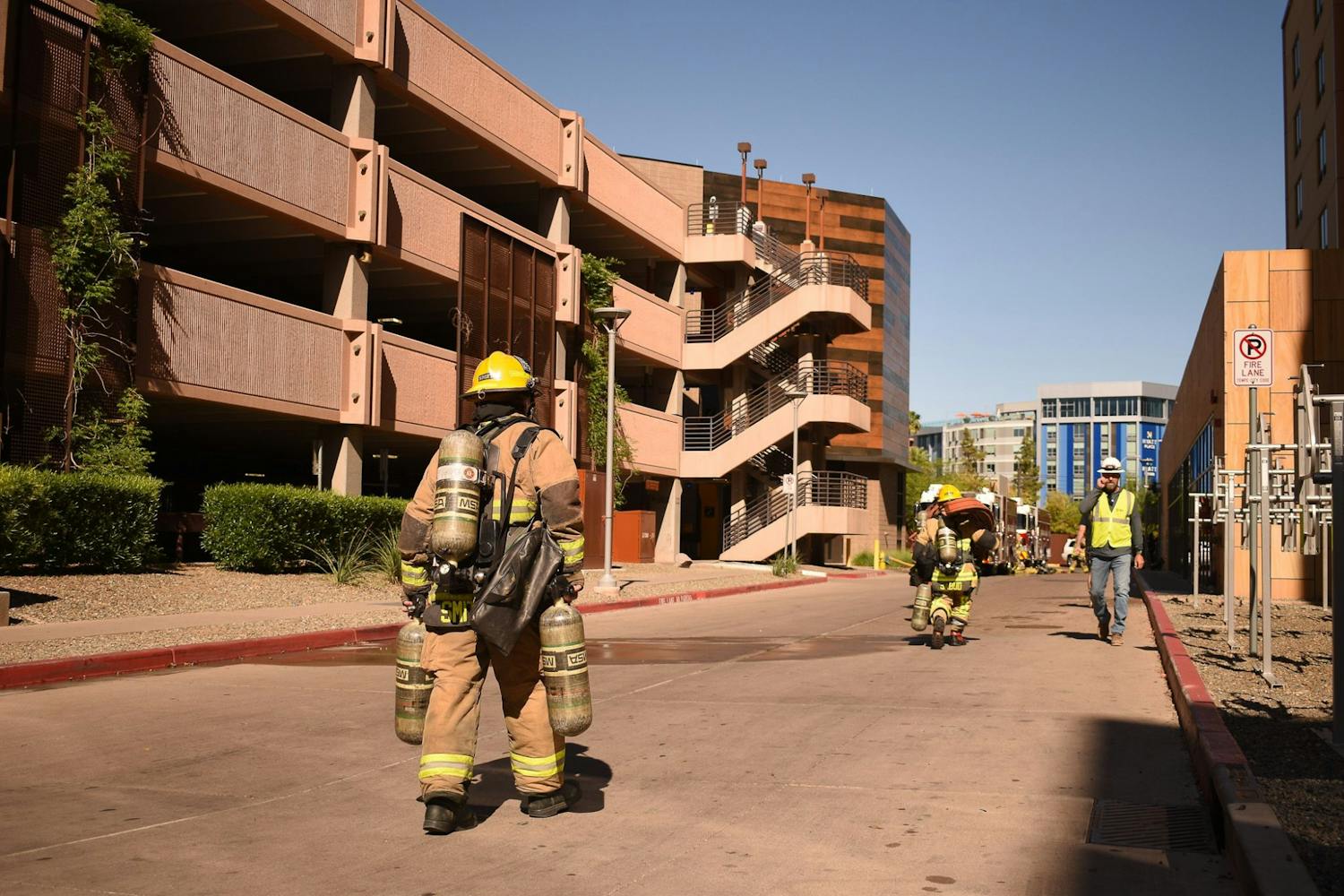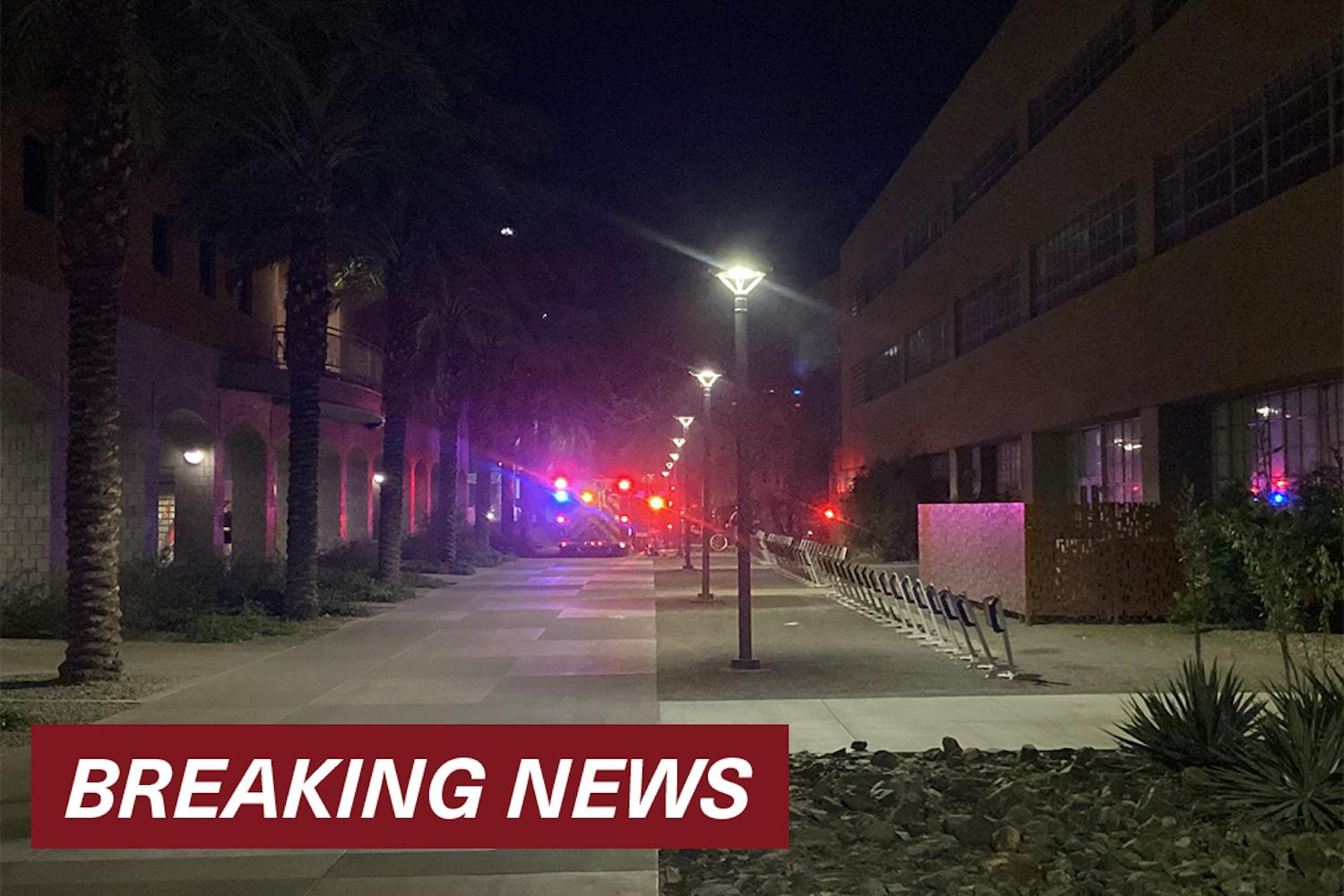Around 20 million women and 10 million men suffer from a clinically significant eating disorder at some point in their lives in the U.S., according to the National Eating Disorders Association.
Those disorders include anorexia nervosa, bulimia nervosa, binge eating disorder or eating disorders not otherwise specified. However, for the leaders of the Eating Disorder Awareness club, those numbers signify very real issues in their lives as well.
Grace O’Leary, a music therapy senior, said she knew she had a problem in her freshman year of high school.
“It’s pretty obvious you have a problem when you throw up everything you eat or just aren’t eating,” she said.
O'Leary said she wasn't diagnosed as having bulimia or anorexia, partly because some days she would be vomiting while other days she just wouldn't eat. O'Leary was instead diagnosed with Eating Disorder Not Otherwise Specified, also known as EDNOS.
It continued for about a year until she realized she had a problem at a band competition, going into shock because of the disorder.
“I starved myself for so long, and then had been at this band competition all day, and my body was so exhausted that I was vomiting stomach acid, and I was going into shock,” she said.
Katie Gandee, a liberal arts and sciences senior, similarly realized she had an eating disorder around her freshman year.
“I had an eating disorder when I was around 14 or 15, and I was lucky to get pretty quick help for it,” Gandee said.
While both coped with disorders during high school, Gandee said she believes ASU is a difficult place to be if you have an eating disorder.
That’s why, she said, she started the Eating Disorder Awareness club two years ago.
Gandee, currently vice president and outreach coordinator, runs the club with O'Leary, president and treasurer.
Weight shaming doesn't "work" - engaging in it shows prejudice as well as lack of understanding of the evidence. https://t.co/k33dw7P59A
— Jenna Heller (@jennahellerRDN) November 12, 2015
According to NEDA, many of those disorders go unreported and unrecognized.
Two of the more common disorders are bulimia nervosa and anorexia nervosa. Bulimia nervosa is an obsessive urge to lose weight. This is when extreme overeating followed by depression, self-induced vomiting and fasting takes place. Anorexia nervosa is when self-starvation occurs and the body is denied the vital nutrients it needs to function.
The two other lesser know disorders are Binge Eating disorder and EDNOS. Binge Eating disorder is when someone undergoes episodes of eating excess amounts of food. EDNOS is an eating disorder that does not meet the criteria of bulimia, anorexia or binge eating disorder but has similar symptoms.
Eating disorders have the highest mortality rate of mental illnesses, according to Jenna Heller, a registered dietitian.
She said the causes of eating disorders can include strong genetic predispositions, depression, anxiety and body dissatisfaction.
“Research also points to society glorification of body ideals as a factor that can contribute to the development of disordered eating,” she said. “It’s important to note that most eating disorders are preceded by a period, or periods, of dieting.”
The Multi-Service Eating Disorders Association reported that 91 percent of female college students have attempted to control their weight through dieting.
Heller said the problem with things like dieting, however, are they take time. Many students in universities lack the time to put into it.
“You should not be counting your freaking calories while also trying to take care of your job and 18 credit hours,” Gandee said.
She said she tries to get the point across to members that not only is dieting a task college students shouldn't be focused on, but if you find it hard to stop worrying about what you look like, then you should likely seek help.
“The purpose is mostly to provide a safe space for people who feel that they are struggling to be able to talk without judgement and get the help they need,” she said.
While the club is there to provide a space for students to go and talk about their disorders, she said the club is, by no means, going to directly fix the problem.
“We definitely aren’t therapy, and we definitely aren’t somewhere where we tell people 'come hangout with us and we will help you get over your eating disorder,'” O’Leary said.
When students come to the club, she said they will be guided and directed to get into the recovery process.
She said even before coming to a club meeting or joining the club, there are steps students can take to start recovering from their disorder like focusing in on time management.
Though, Gandee said she can’t help but feel conflicted about why she started the club.
“I mean (I am) definitely proud and everything, I’d also definitely say kind of frustrated at our society and frustrated at everything that has led to the creation of this club,” she said.
Through the frustration both Gandee and O’Leary have worked hard to get the club’s membership to double over the semester.
While membership has doubled, O’Leary said she knows there are still countless students who are timid when thinking about joining the club, and she wants those students to know one thing:
“There is another side," she said. "There is help, and you can get over it, and I’m living proof of that."
Reach the reporter at atotri@asu.edu or follow @AnthonyTotri56 on Twitter.
Like The State Press on Facebook and follow @statepress on Twitter.




